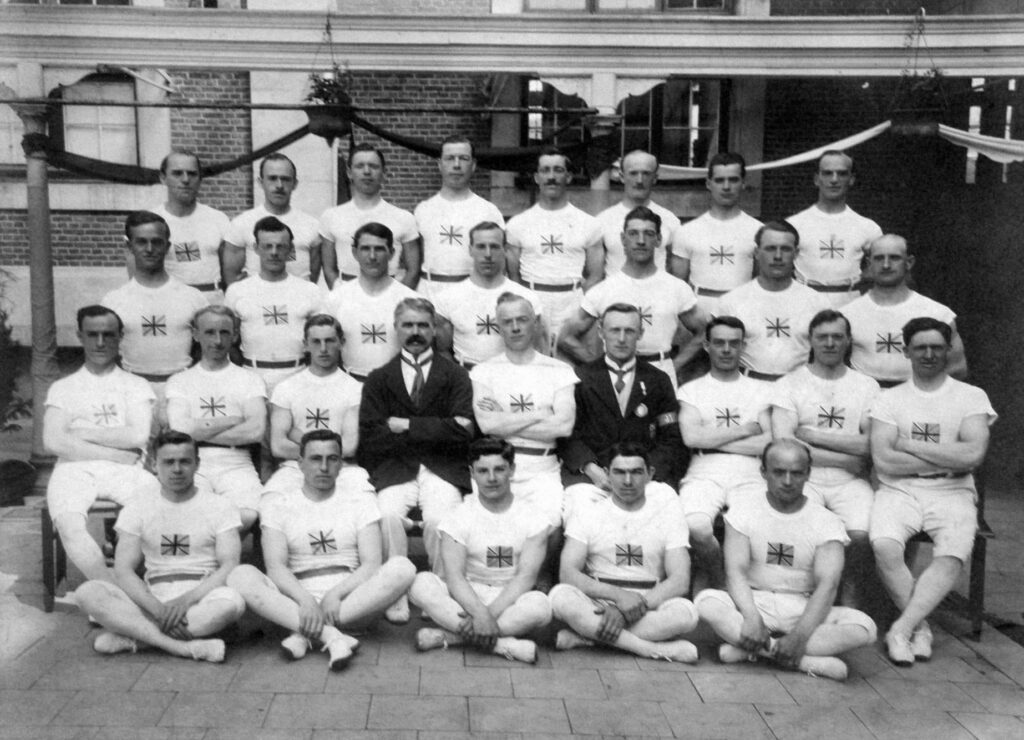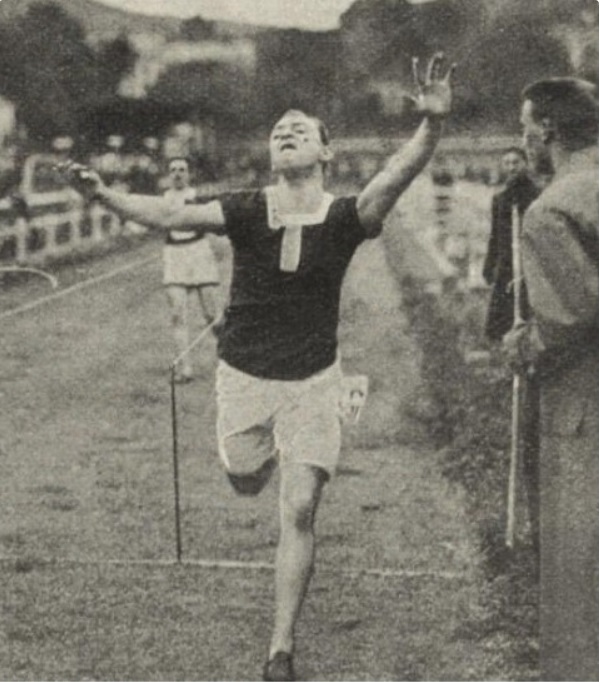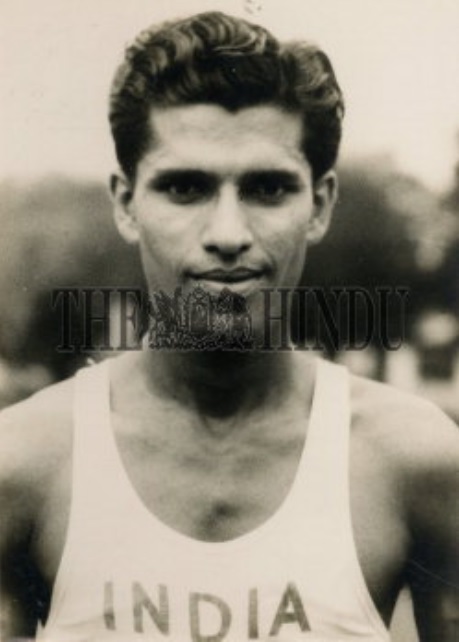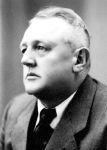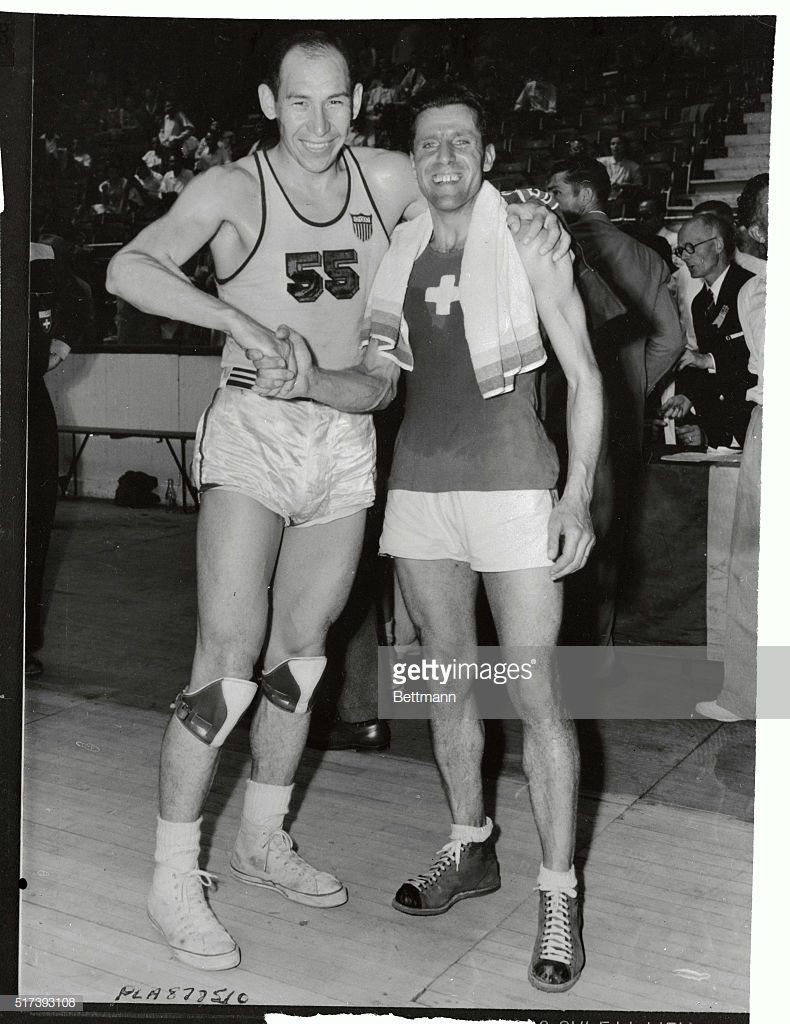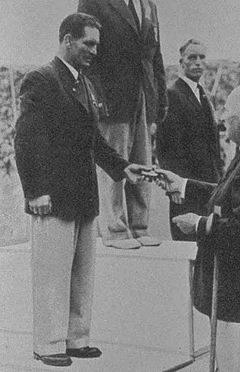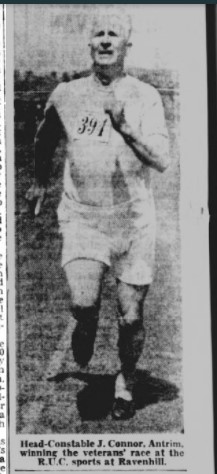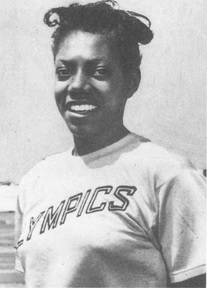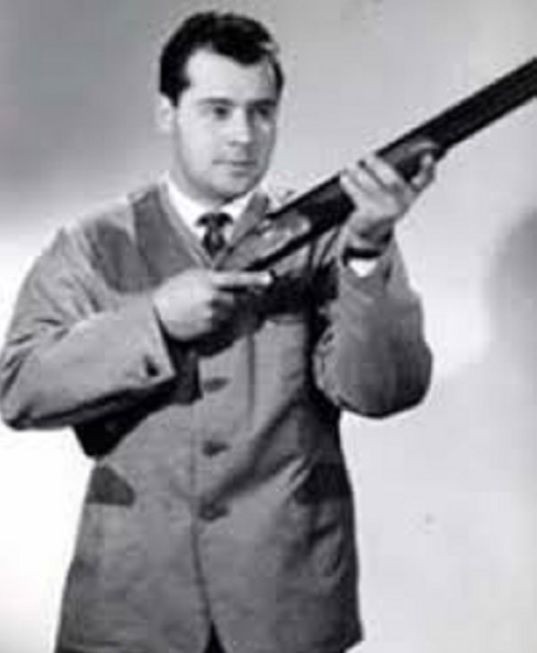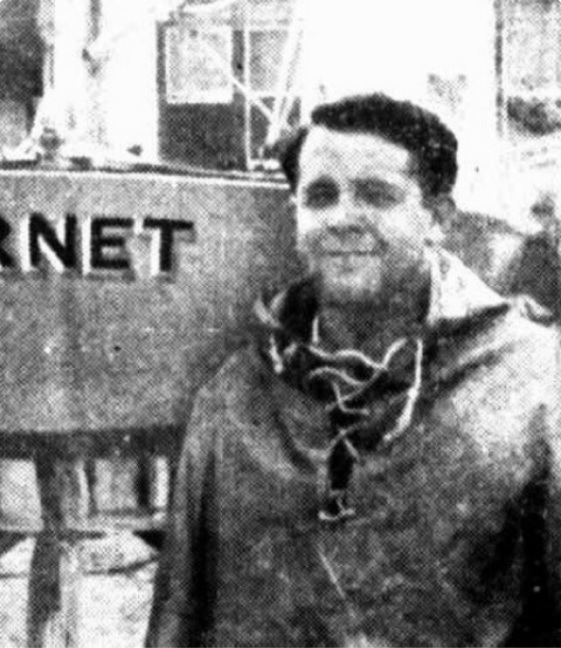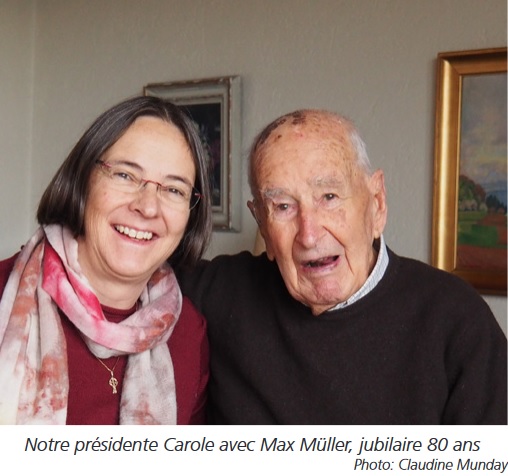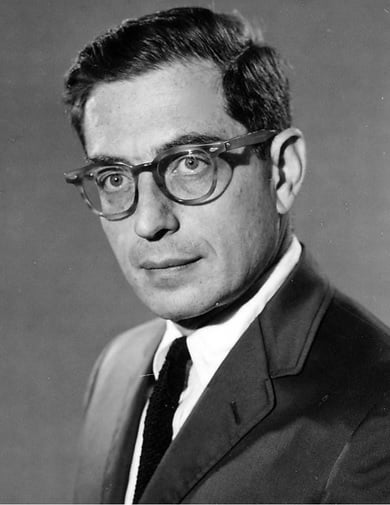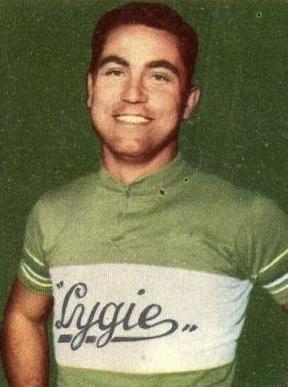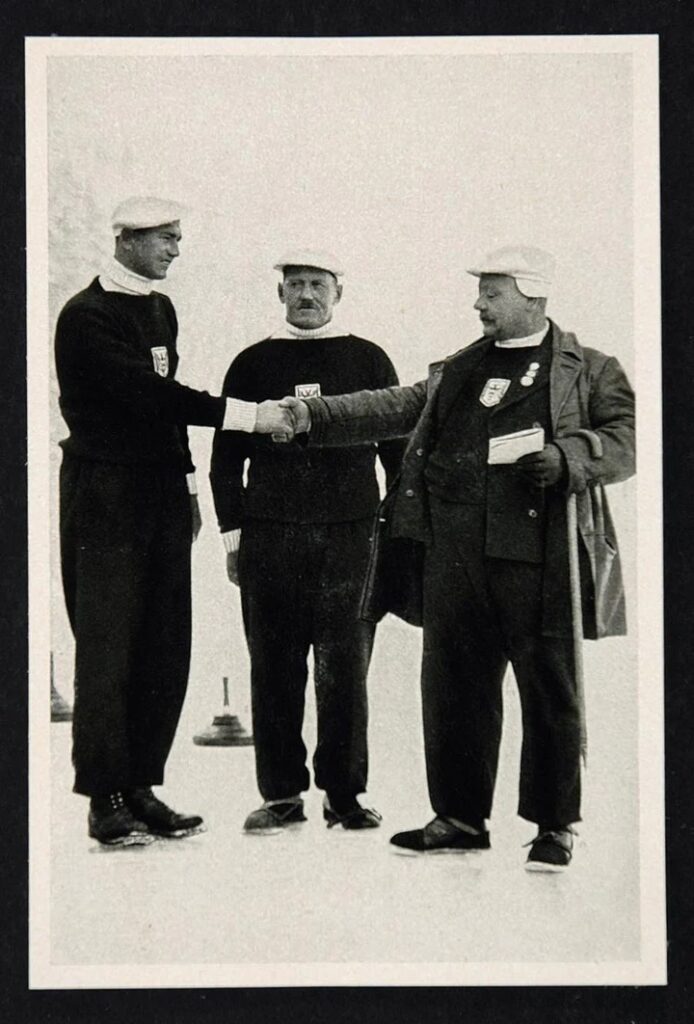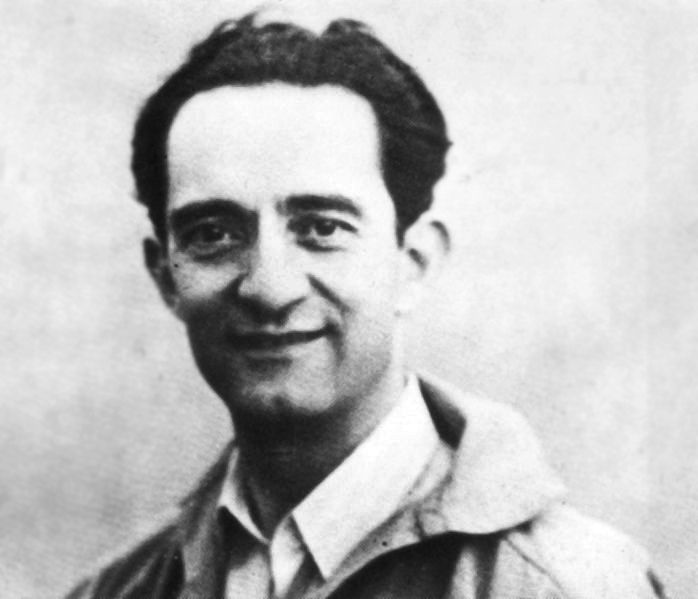At the beginning of last year, we listed eight individuals for whom we last had information on their being alive in 2011: François Fug, Geoff Heskett, Ivan Jacob, Lazar Hristov, Guy McGregor, Merv Moy, Eino Oksanen, and Erwin Vogt. Since then, we have learned that Ivan Jacob died in 2009, Oksanen was still alive but died several months ago, and Heskett, McGregor, and Vogt are still alive. This means that Fug, Hristov, and Moy will unfortunately have to be removed from our tables and placed on the “possibly living” category list. This brings us to our next task, reviewing those who were last known living since 2012, although this year there are far more names than usual to cover. This is in significant part due to English-language media covering many competitors for the London Olympics that year and reflecting on the last time it was held in the city, in 1948. As such, we have to break this entry into several posts, and it seems apt to begin with the five competitors who represented Great Britain.

(Eddie Bowey, pictured at The Telegraph)
Eddie Bowey – Member of Great Britain’s wrestling delegation to the 1948 London Olympics
Eddie Bowey, born January 5, 1926, represented Great Britain in the middleweight, freestyle wrestling event at the 1948 London Games, where he survived until round three. He just missed the podium in that event at the 1950 British Empire Games by finishing fourth. He later moved to New Zealand to work as a lumberjack, before returning to London. Like many survivors who competed at the 1948 Olympics, he was interviewed and photographed in the lead-up to the 2012 London Games, but we have not seen anything about him since.
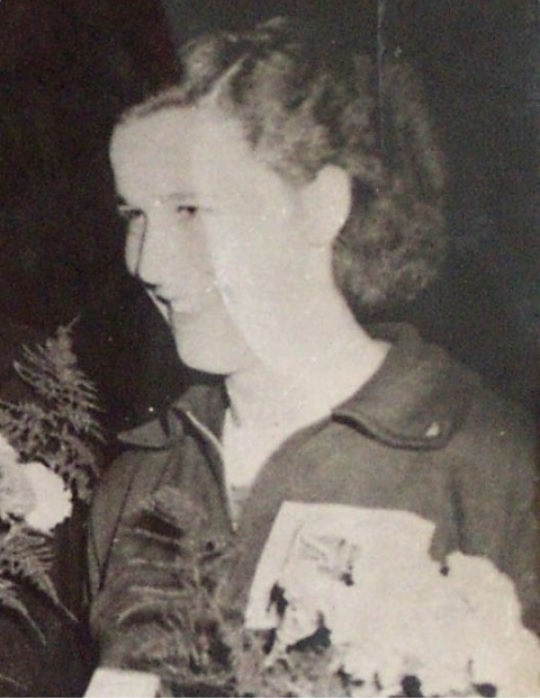
Shirley Cawley – Bronze medalist for Great Britain in the long jump at the 1952 Helsinki Olympics
Shirley Cawley, born April 26, 1932, represented Great Britain in the long jump at the 1952 Helsinki Games, where she won a bronze medal. She also competed at the 1954 European Championships, where she placed seventh. We know that her married name is Berry, but we have not been able to confirm that she has been alive since 2012.
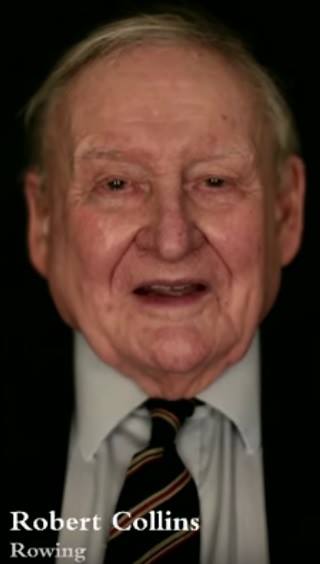
(Robert Collins, pictured in a video by Saga Magazine)
Robert Collins – Member of Great Britain’s coxed fours rowing squad at the 1948 London Olympics
Robert Collins, born April 18, 1924, represented Great Britain in coxed fours rowing at the 1948 London Games, where the crew was eliminated in the quarterfinals. A graduate of the University of Oxford, he was interviewed for the 2012 London Olympics and we have not had an update on him since.
John Strover – Member of Great Britain’s field hockey team at the 1956 Melbourne Olympics
John Strover, born February 2, 1931, represented Great Britain in the field hockey tournament at the 1956 Melbourne Games, where the team lost the bronze medal match against Germany and placed fourth. We do not know much else about him, but records indicate that he was still alive in 2012, which is the last update that we have for him.
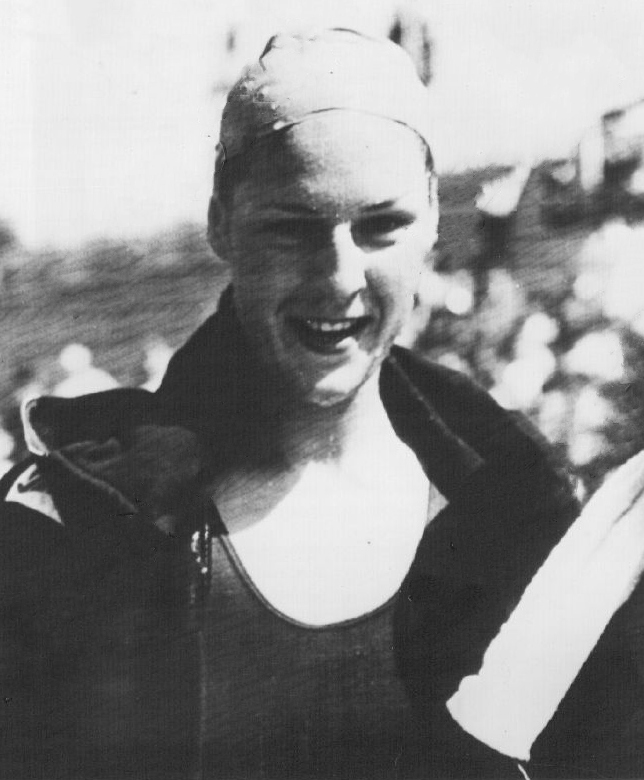
Daphne Wilkinson – Member of Great Britain’s swimming delegation to the 1952 Helsinki Olympics
Daphne Wilkinson, born April 17, 1932, represented Great Britain in the 400 metres freestyle swimming event at the 1952 Helsinki Games, where she was eliminated in the semifinals and placed 11th overall. She had better luck at the 1954 British Empire and Commonwealth Games, where she took bronze as part of the 4×110 yard freestyle relay. Domestically, she earned three titles in the 440 yards and one in the 220 yards freestyle. As with Bowey and Collins, she was interviewed in 2012 and we have not had any updates since.
There are many more names for us to cover, but we think that this is enough for today, so we will stop here. We will be back soon, however, so we wish you a Happy New Year and hope that will join us once again!
